You are currently browsing all posts tagged with 'building height'.
PANORAMIC COASTAL VIEWS
posted on Wednesday, May 17th, 2017 at 4:07 pm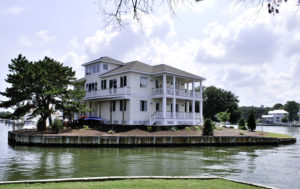
One unfortunate thing about the design of this house is that the tower is too short, regulated by a very severe zoning restriction. A 35-foot building height is really common in many ordinances where our houses are located. However, in Virginia Beach the way in which height is measured is very peculiar. For some reason, perhaps political, building height is measured to the highest ridge peak of the structure. Planners and architects know this is an unreasonably restrictive criteria, probably vulnerable to being struck down in a court of law if someone was willing to take the time to challenge it. There is no precedent for such a restrictive interpretation of building height, there is no rationale for it either.
The legal basis for limiting building height is historically to allow for sunlight to reach adjacent properties next door, and also to provide for air flow between buildings, dating back from the days of urban tenement structures. Whoever wrote the ordinance in Virginia Beach did not understand that a shadows on an adjacent property are not cast from the ridge of a pitched roof next door to it. Shadows are cast from the average height of the building mass, somewhere midway from the eave to the ridge. Norfolk boarders Virginia Beach to the west where its precedent for measuring building height is perfectly logical, completely consistent with the legal basis for height limit of residential structures. Its 35-foot building height is measured to the average height of the sloped plane of a pitched roof.
There is also no legal precedent to protect an adjacent property from a view across a next door property. Without going into the unenforceable of such a criteria suffice to say that it is almost impossible to block someone’s view from the ridge height of a pitched roof. The peak of a pitched roof is always above the line of sight of the occupied space of the house next door to it. On the other hand it is easy to imagine that an elected city council member could be badgered by an irate constituent who is worried about having a view blocked by the height of neighboring property. I suppose this is the origin of the peculiar way that Virginia Beach measures the height of residences in its jurisdiction.
Virginia Beach has many beautiful coastal properties for more and more imaginative designs to come. If it doesn’t change its peculiar manner of measuring building height new designs will continue to be less architecturally attractive and less exciting for the home owner’s than they could be.
This design has wrap around balcony porches on three sides, the porches are sheltered on each floor level. There is also a wonderful lookout tower on the third floor. This four-bedroom plan has two master suites. The main living area is on the second floor for maximum views for daytime spaces. It also has an elevator from the attached garage convenient to the Kitchen as well as access for anyone challenged by using the stair. The property lies at the tip of a peninsula at the entrance to boating canals to Broad Bay Island in Virginia Beach. It is an amazing property and fantastic privilege to be the architect for this true coastal house.
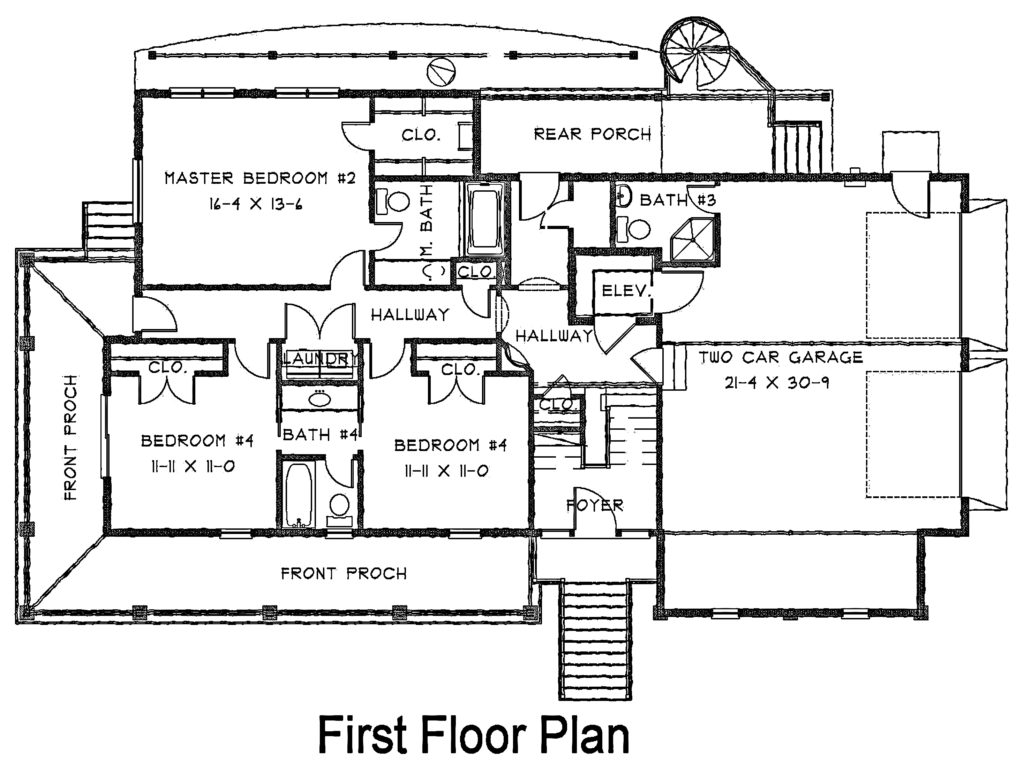
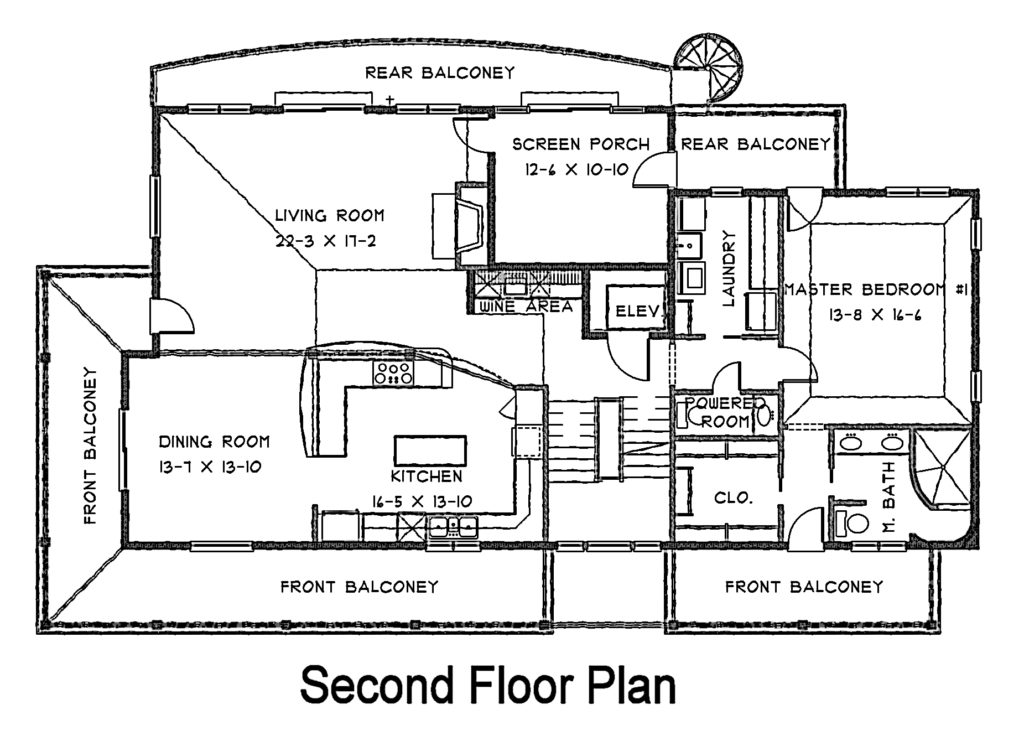
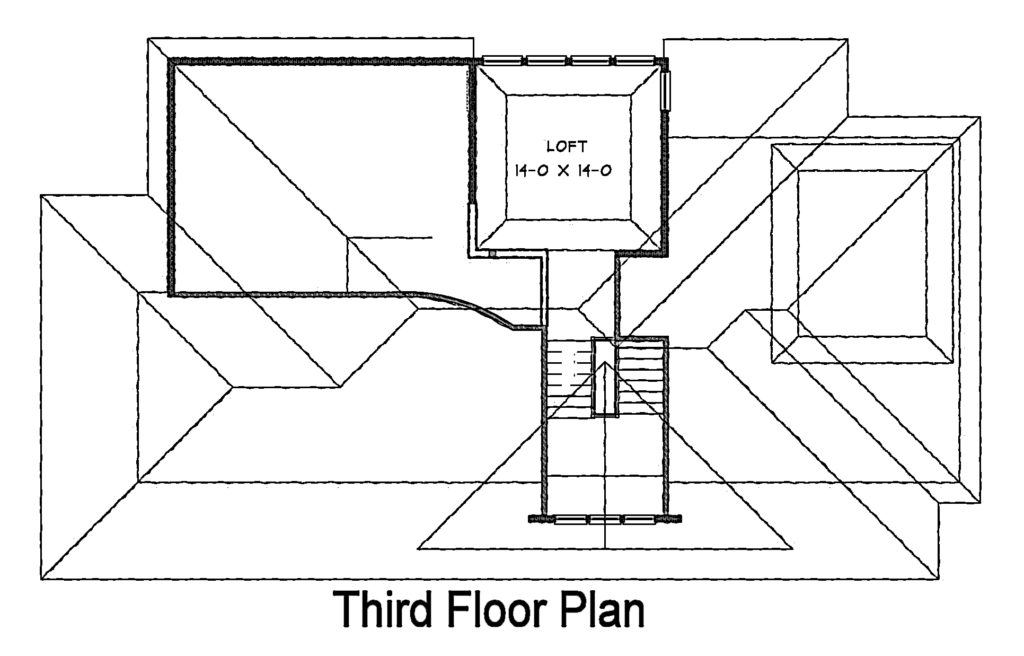
Tags: building codes, building height, coastal plans, restrictive, waterfront views, zoning
New Code Allows remodeling attics of 3-story homes
posted on Wednesday, March 14th, 2012 at 1:49 pmStarting March 1, 2012, the entire State of Virginia began enforcing a new building code entitled the 2009 Virginia Construction Code. That means that a new permit issued for a residence after this date is required to adhere to additional regulations and modifications to the former codes that had been in force. It is applies to commercial buildings too.
An opportunity for a remodeling project that comes with the new code is something called a “Habitable Attic”. This was previously not possible to do under the old residential code since any improvements to the attic of a three story dwelling was considered an additional story and would be a governed by the IBC code that requires a fire suppression sprinkler system as a 4-story structure.
Remodeling an attic for habitation or storage benefits the livability of three-story homes, not uncommon in Norfolk, though very scarce in Virginia Beach due to the difference in the way that building heights are calculated in each city. The maximum building height limit in each city is 35’. However, it is not possible to design an attic with enough space to be of useful value in Virginia Beach, whereas in Norfolk 35’ is measured from the grade at the front door entrance to the midpoint of the main sloped roof. A schematic cross section comparison illustrates the difference in the way building height is measured in each city.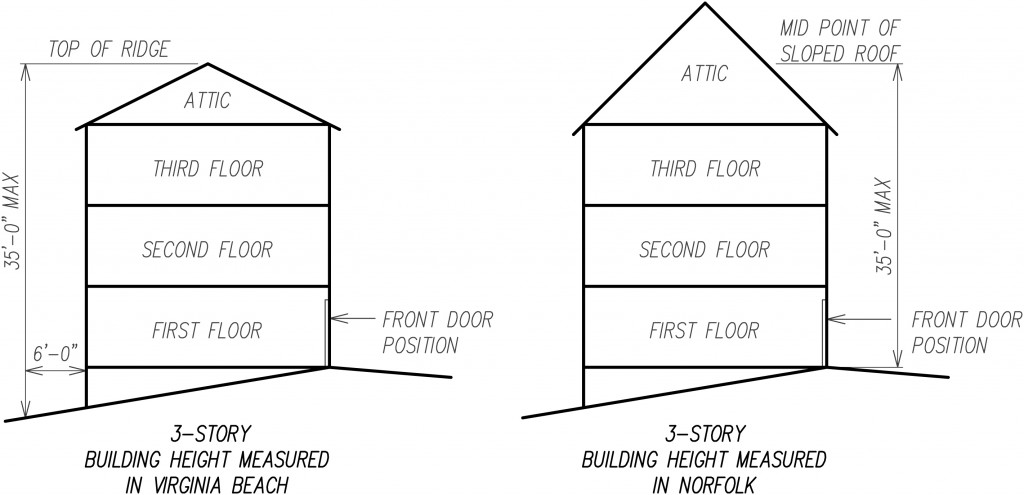
 There is a serious architectural limitation with way that Virginia Beach measures building height. A three-story residence designed in Virginia Beach will have a very shallow roof slope in order to comply with building height measured to the ridge rather than the midpoint of the sloped roof, as is the case in Norfolk. Also Virginia Beach uses a baseline that is the lowest established grade within 6-0 of the foundation of the house. Norfolk uses a baseline that is the grade at the front door entrance. Steep roofs are a visually appropriate for historical or traditional architectural styles making it virtually impossible to design such a three-story residence in Virginia Beach. The addition of dormers, such as the photo example, shows how a Habitable Attic can be made to be a very hospitable living space.
There is a serious architectural limitation with way that Virginia Beach measures building height. A three-story residence designed in Virginia Beach will have a very shallow roof slope in order to comply with building height measured to the ridge rather than the midpoint of the sloped roof, as is the case in Norfolk. Also Virginia Beach uses a baseline that is the lowest established grade within 6-0 of the foundation of the house. Norfolk uses a baseline that is the grade at the front door entrance. Steep roofs are a visually appropriate for historical or traditional architectural styles making it virtually impossible to design such a three-story residence in Virginia Beach. The addition of dormers, such as the photo example, shows how a Habitable Attic can be made to be a very hospitable living space.
Tags: 2009 IRC, building height, design, dormer, habitable attic, three story, traditional architecture


